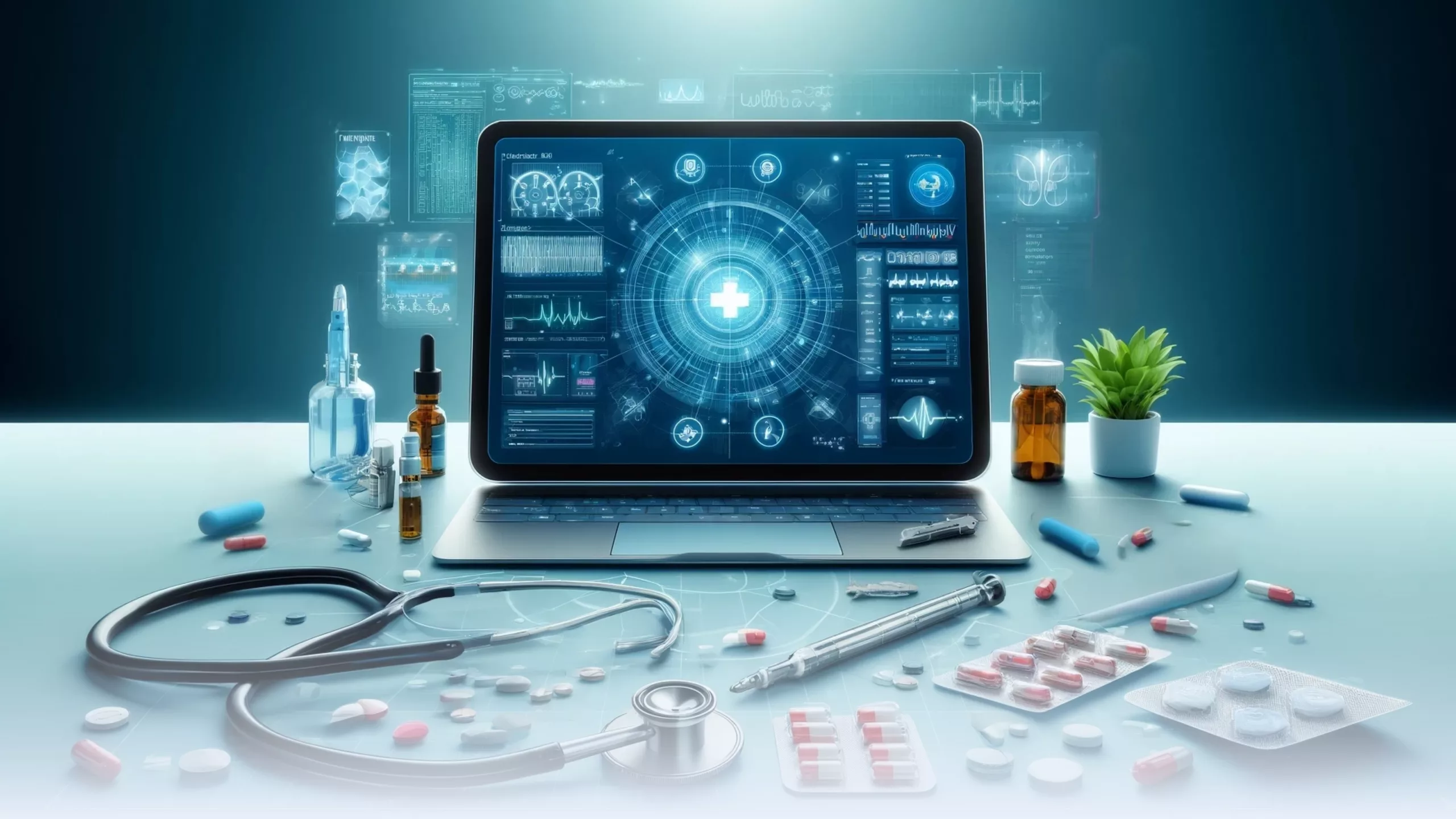
Edited on 06.04.24
Recent studies indicate that the digital health market is valued at approximately USD 283.0 billion in 2024 and is projected to expand at a compound annual growth rate of 17.40%, reaching an estimated USD 1406.1 billion by 2034.
What does the digital health market include? Telehealth (telemedicine and telecare), mHealth, digital health records systems (EMR, EHR), clinical decision support systems, diagnostic and monitoring devices, therapeutic devices, and a comprehensive suite of hardware, software, and services.
What does that mean for software developers? A whole bunch of new opportunities! Check them out below.
Content:
- How can software developers invest in healthcare digital evolution?
- Top 13 opportunities for software developers in MedTech and digital healthcare
- Job titles to look for in careers sections
- How much does tech talent in the healthcare industry make?
How can software developers invest in healthcare digital evolution?
Custom software development in the medical sphere today is focused on ten crucial goals:
- Enhance patient engagement.
- Boost secure access for physicians to patients’ protected health information.
- Make healthcare solutions more cost-effective.
- Improve coordination across healthcare services and harmonize treatments from various departments.
- Upgrade physical tools with robotics, sensors, and AR technologies.
- Streamline communication between physicians and specialists from different fields.
- Enhance the treatment and monitoring of chronic diseases, including remote management.
- Deliver telemedicine solutions for a range of conditions.
- Improve cloud data storage to comply with international standards.
- Broaden the scope of the Internet of Medical Things (IoMT).
However, achieving these goals is impossible without skilled developers, engineers, researchers, and software specialists.
Top 13 opportunities for software developers in MedTech and digital healthcare
Let’s break up some of the fields of healthcare where tech talent is in demand the most.
1. EHR development and integration
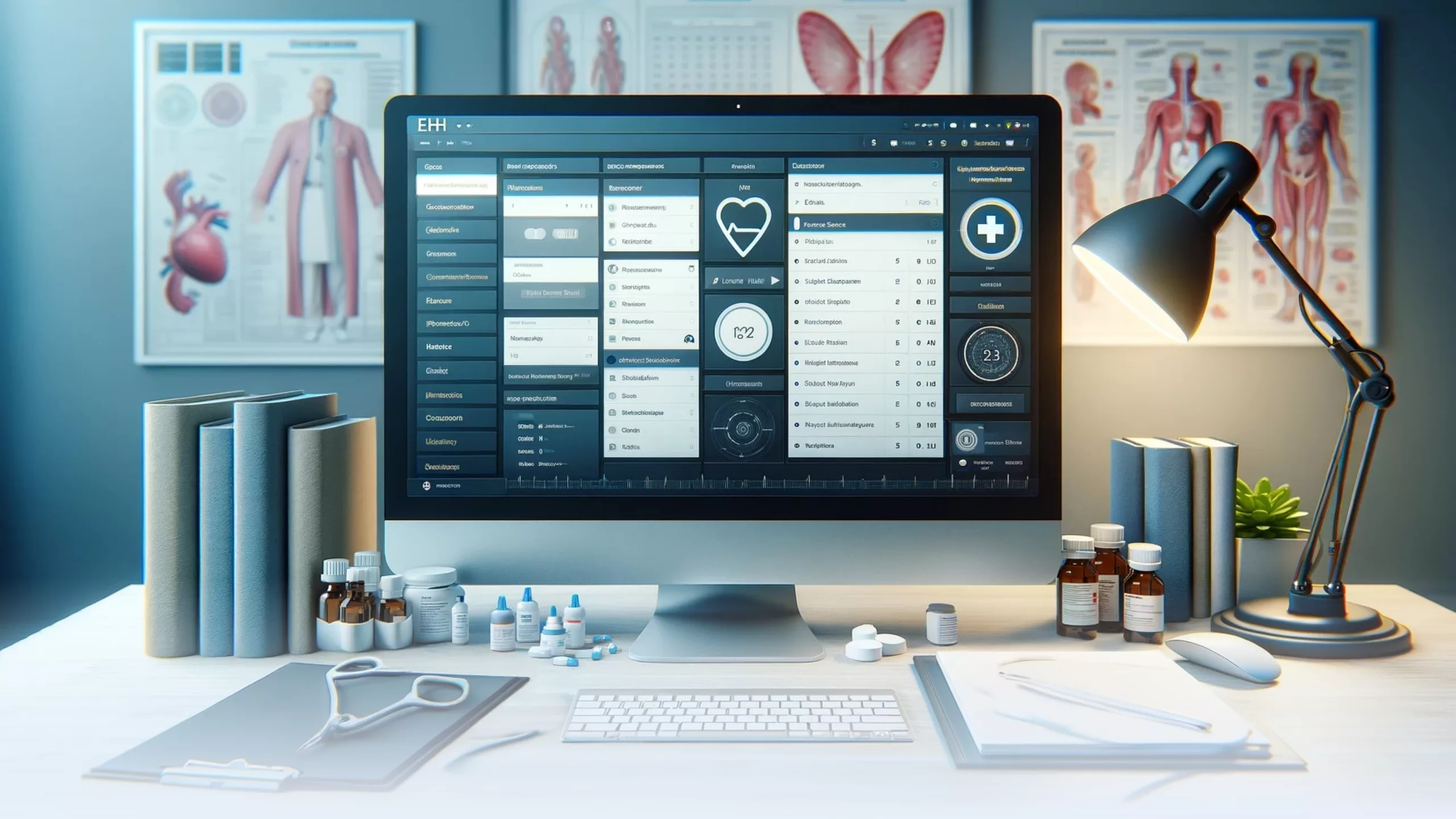
The demand for skilled software developers in EHR development is booming. According to a HIMSS Analytics Market Intelligence report, the global EHR market is expected to reach $36.8 billion by 2025.
These systems are the backbone of modern healthcare, storing a patient’s entire medical history, medications, allergies, and treatment plans in one digital platform. Developers are crucial in building secure, user-friendly EHR systems that streamline data management, improve care coordination, and reduce medical errors. This includes ensuring seamless integration with other healthcare IT systems to create a holistic view of a patient’s health.
2. Telehealth and remote patient monitoring systems
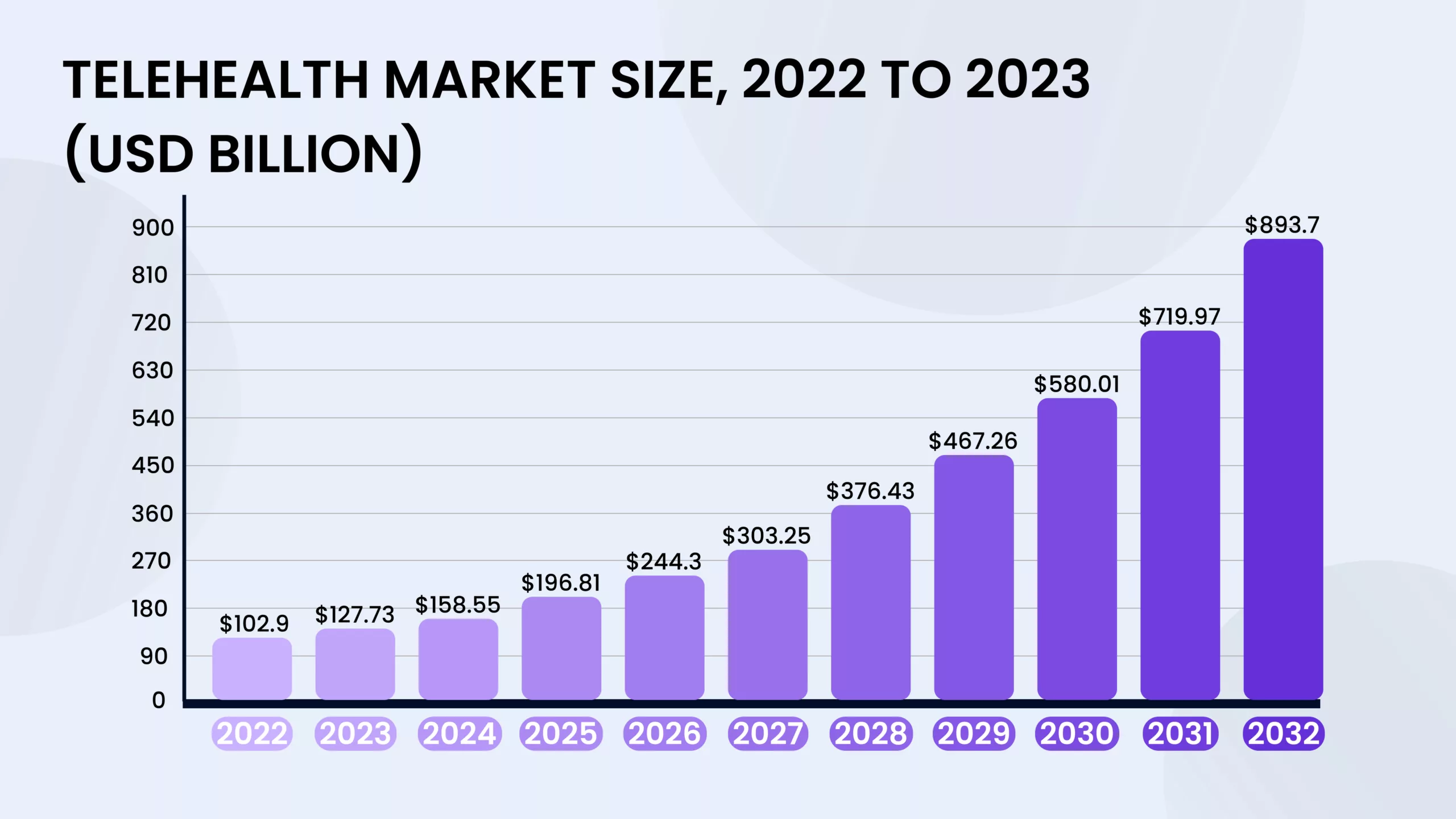
Source: Precedence Research
The COVID-19 pandemic has accelerated the adoption of telehealth technologies. A study by JAMA found that telehealth utilization increased by 175% in 2020 compared to pre-pandemic levels.
Software developers are in high demand to create user-friendly telehealth platforms for virtual consultations, remote monitoring of chronic conditions (e.g., diabetes, heart disease), and patient engagement tools.
This involves developing secure video conferencing features, integrating real-time health data tracking, and building functionalities for medication reminders and patient education materials.
3. Medical imaging and diagnostics software
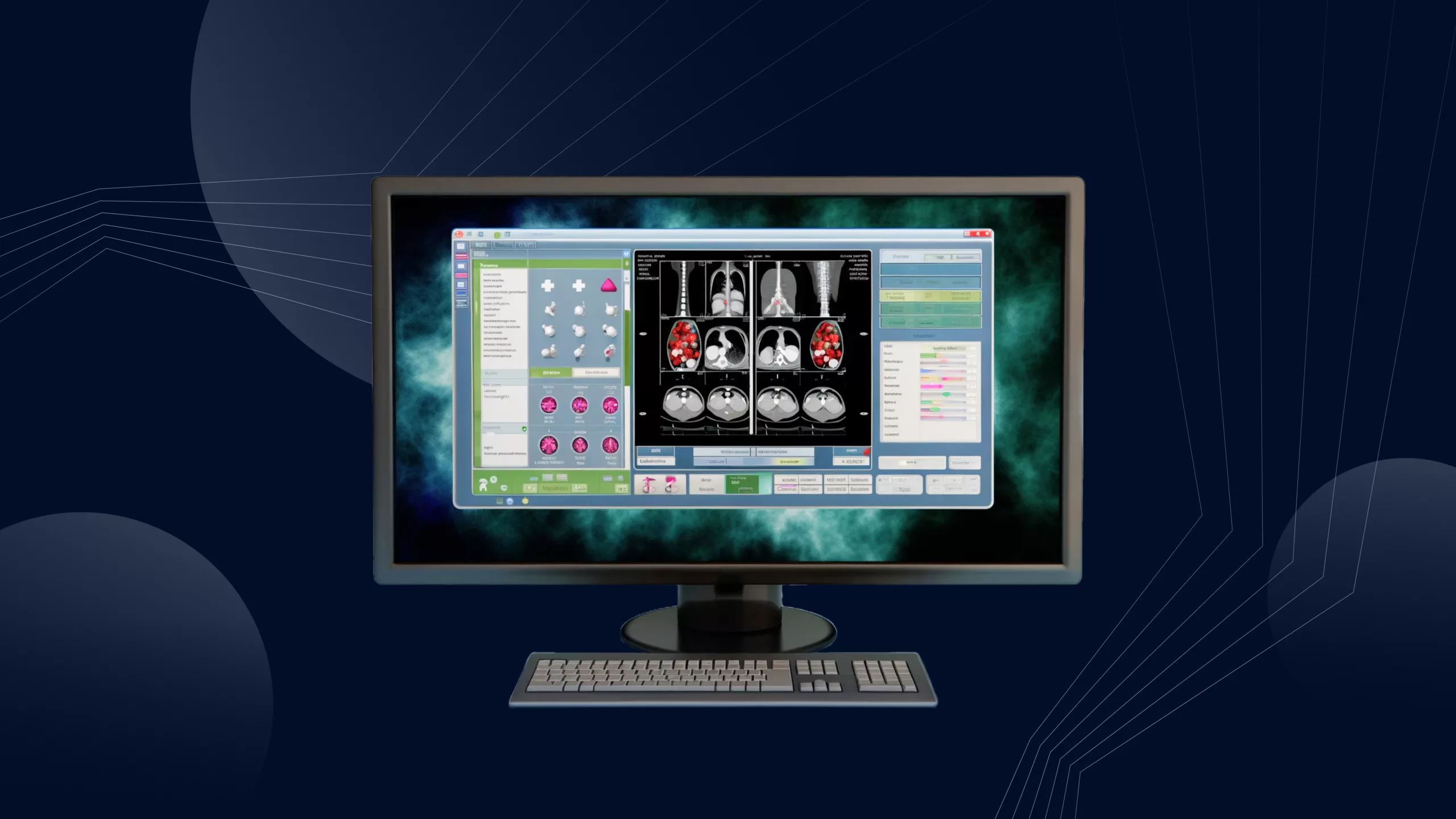
Medical imaging plays a vital role in disease diagnosis and treatment planning. Software developers must create sophisticated software for analyzing medical images (X-rays, MRIs, CT scans) with high accuracy and efficiency.
This field is rapidly evolving with the integration of AI. Developers are building AI-powered diagnostic tools that can automatically detect abnormalities in medical images, improving accuracy and reducing the time it takes to reach a diagnosis. Additionally, they are creating advanced visualization applications that allow doctors to analyze complex medical images in 3D or even virtual reality environments.
4. Wearable technology and fitness trackers
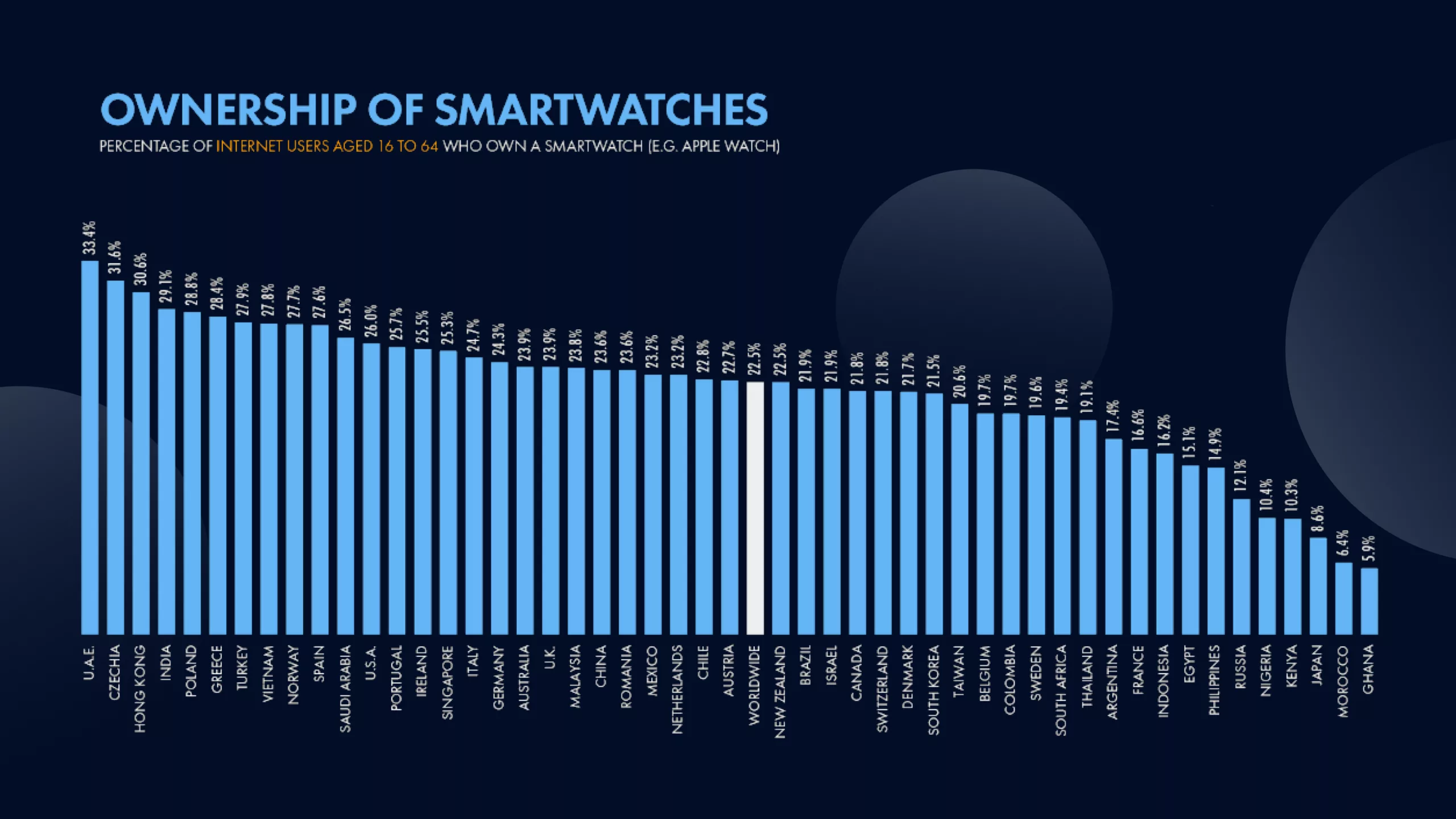
Source: GWI Q3 2022
The wearables market is experiencing significant growth, with a projected global market size of over $80 billion by 2025. Software developers are needed to create user-friendly and secure applications for wearable devices that can track a wide range of health data, including heart rate, sleep patterns, activity levels, and blood oxygen levels.
These applications should not only collect data but also translate it into actionable insights, promoting healthy habits and disease prevention. Developers can leverage machine learning algorithms to personalize recommendations, identify potential health risks, and encourage users to reach their fitness goals.
5. Healthcare data analytics and machine learning
The healthcare industry generates vast amounts of data from EHRs, medical devices, and wearable technologies. Software developers with expertise in data analytics and machine learning are crucial for extracting valuable insights from this data.
They can build tools that identify trends in patient populations, predict potential health risks, and personalize treatment plans. For example, developers can create algorithms that analyze a patient’s medical history, genetic data, and lifestyle factors to predict their risk of developing certain diseases. This allows for early intervention and preventive measures.
6. Cybersecurity for medical devices and healthcare IT
The healthcare industry is a prime target for cyberattacks due to the vast amount of sensitive patient data it stores. Reports state that healthcare data breaches surged by 196% from 2018 to 2019. Over 41 million patient records were compromised in 2019, tripling the previous year’s figure. These breaches not only incur financial and regulatory penalties for healthcare institutions but also erode patient trust and attract negative publicity.
Ransomware made up over 70% of malware attacks in healthcare, as per the 2019 Verizon Data Breach Investigations Report. Furthermore, a study highlighted by PBS News Hour links these security incidents to a significant increase in deaths following heart attacks in affected hospitals, underlining the serious health implications of cybersecurity lapses.
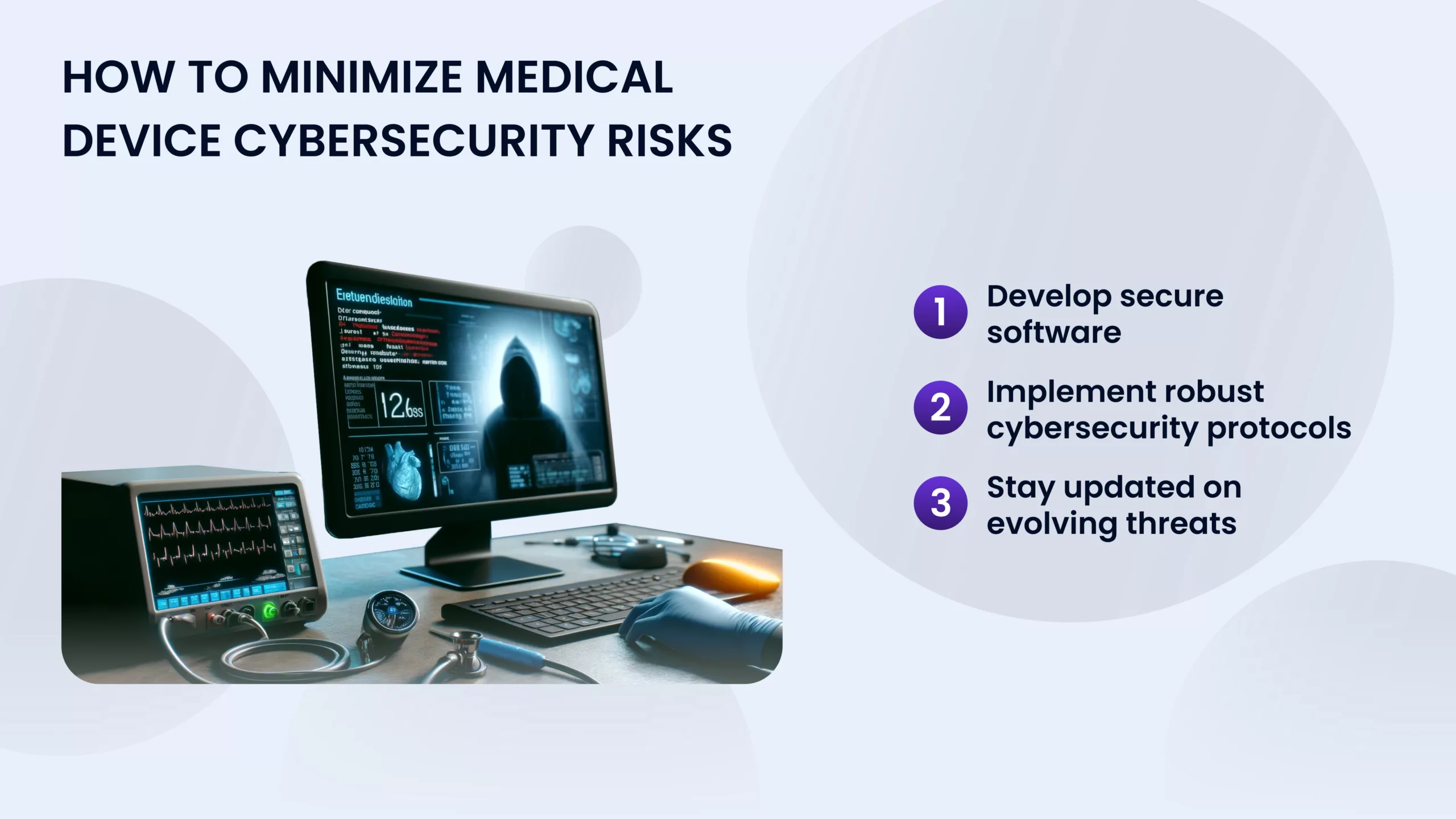
What can software developers do to deal with this problem?
- Develop secure software by implementing secure coding practices, encryption techniques, and vulnerability assessments to minimize the risk of software exploits.
- Implement robust cybersecurity protocols. Developers can design systems with multi-factor authentication, access controls, and intrusion detection systems to deter unauthorized access and data breaches.
- Stay updated on evolving threats. Developers must stay abreast of the latest cyber threats and vulnerabilities to ensure ongoing system security.
7. Medical device software development
Medical devices are becoming increasingly sophisticated, often relying on embedded software for functionality, reliability, and patient safety. The global medical device software market is expected to reach $8.7 billion by 2027. Software developers working in this area create software for various medical devices, including:
- Implanted devices. Pacemakers, defibrillators, and cochlear implants rely on precise software to regulate heart rhythm, restore hearing, or stimulate nerves.
- Diagnostic equipment. The software empowers MRI machines, CT scanners, and X-ray equipment to capture detailed medical images for accurate diagnoses.
- Therapeutic devices. Infusion pumps, insulin delivery systems, and robotic surgery equipment utilize software for controlled drug delivery, precise surgical movements, and patient monitoring.
That’s exactly what MWDN developers were doing for NICaS, a product we crafted for NIMedical, a biotechnology company. Our primary objective was to create a comprehensive technological system for noninvasive evaluation and monitoring of various health parameters.
8. Hospital management and administration systems
Hospitals rely on efficient software systems to manage complex operations. Software developers design and develop systems for various aspects of hospital administration, including appointment scheduling (reduce wait times and improve patient experience), billing and coding (for accuracy and efficient insurance claim management), resource management (optimize resource allocation, including staffing, equipment, and bed availability), and inventory control (track and manage medical supplies, pharmaceuticals, and other inventory).
9. AI in healthcare applications
The global market for AI in healthcare is projected to reach $67.6 billion by 2025. AI is rapidly transforming healthcare by offering innovative solutions across various areas. Software developers are in high demand to build AI-powered chatbots, virtual assistants for physicians, and even AI-driven drug discovery tools.
The demand for tech specialists with expertise in AI-powered healthcare software is surging. Why’s that? First, a growing number of healthcare institutions are recognizing the potential of AI to improve various aspects of healthcare delivery. This includes tasks like medical imaging analysis, disease diagnosis, drug discovery, and patient monitoring.
Second, venture capitalists and healthcare organizations invest heavily in AI-powered healthcare solutions, which require skilled developers to build and maintain these complex software systems.
Despite the growing demand, there’s a significant shortage of qualified AI specialists globally. This creates a competitive job market for developers with expertise in building AI-powered healthcare software.
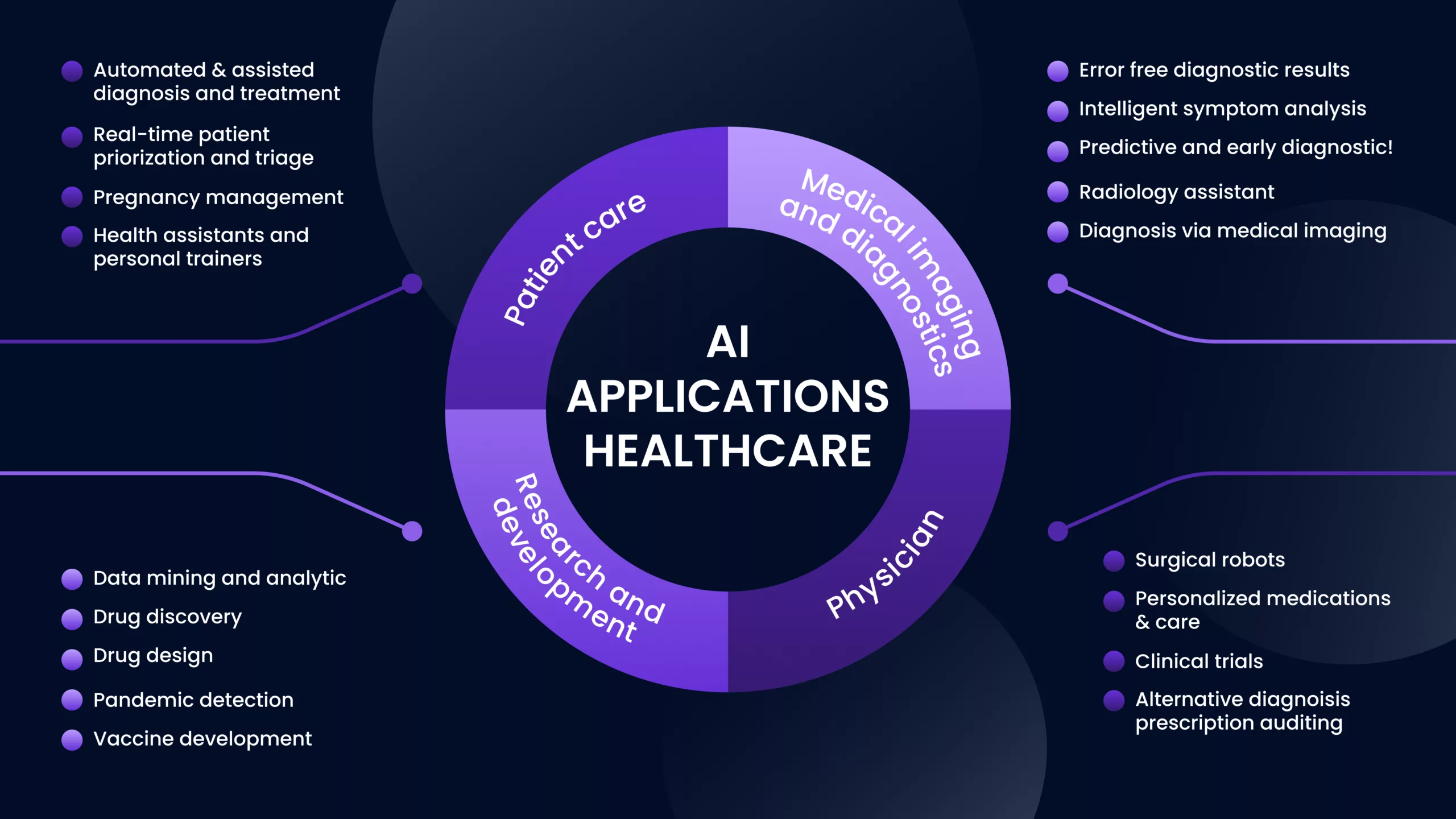
Here are some specific areas where AI expertise is particularly sought after:
- ML engineers. Specialists skilled in building and deploying machine learning models for tasks like image analysis, predictive modeling, and anomaly detection.
- Data scientists. Professionals with expertise in data cleaning, wrangling, and analysis to prepare healthcare data for AI models.
- Software engineers. Developers with strong programming skills to build and integrate AI functionalities into healthcare software applications.
- NLP engineers. Specialists skilled in developing AI systems that can understand and process human language, with applications in areas like virtual assistants and chatbots for patient communication.
10. Mental health and wellness applications
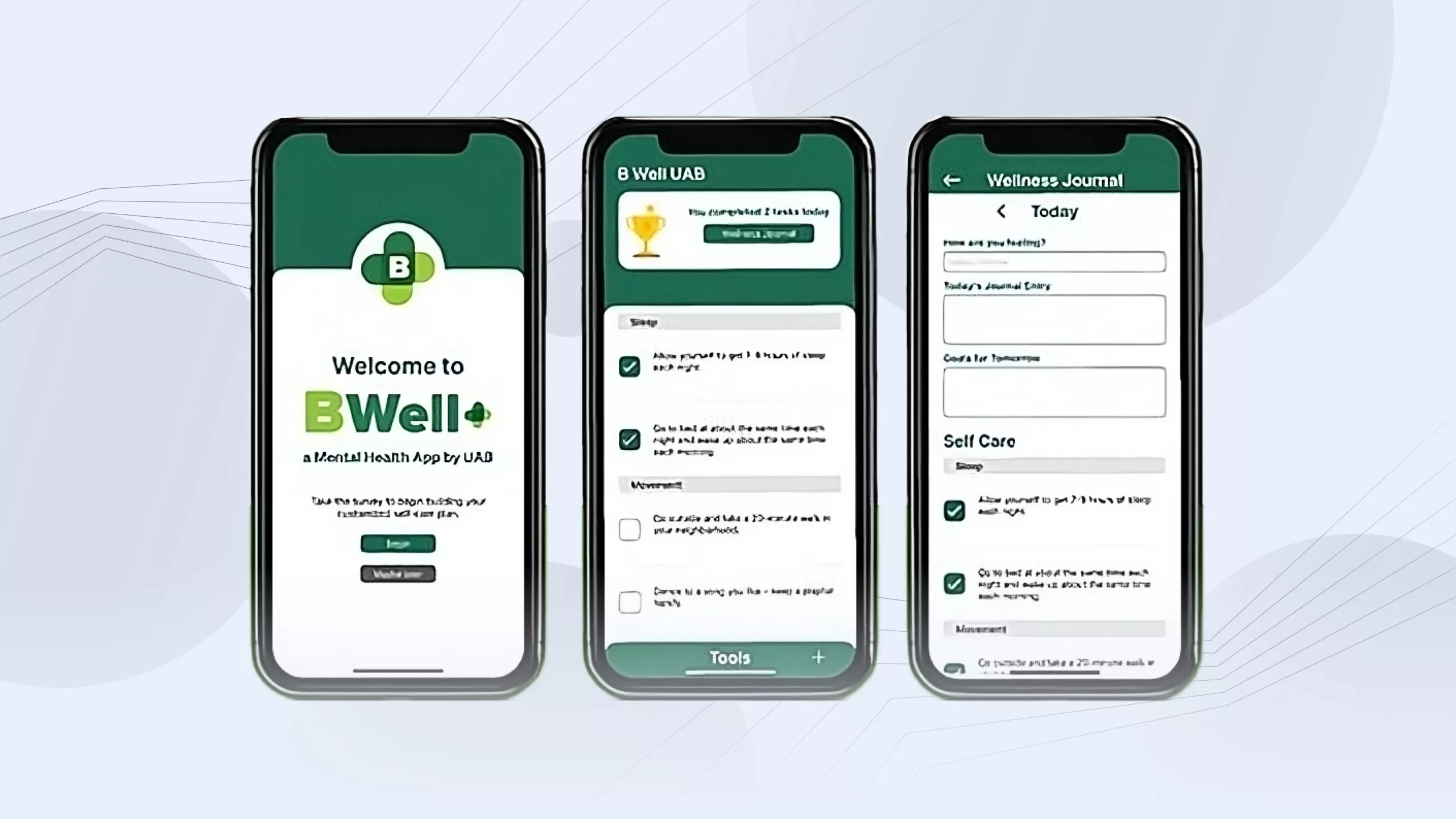
The mental health landscape is experiencing a significant shift towards digital interventions. According to the National Institute of Mental Health, over 40 million adults in the United States experience a mental health condition in a given year. Software developers are in high demand to create mobile apps and software that address this growing need. These applications can provide various functionalities to support mental health and well-being, including:
Self-help tools. Apps can offer features like mood trackers, guided meditations, and educational resources to help users manage anxiety, stress, and depression symptoms.
Cognitive behavioral therapy programs. CBT is a form of psychotherapy that has proven effective in treating various mental health conditions. Developers can create mobile apps that deliver therapist-designed CBT interventions, providing users with tools and strategies to manage their thoughts and behaviors.
Teletherapy platforms. The software can facilitate online therapy sessions, connecting users with licensed mental health professionals via video conferencing or chat functionalities. This increases access to care for individuals who may face geographical or scheduling limitations.
Community building features. Apps can foster connections and support networks by allowing users to share experiences and engage with online communities focused on mental health.
11. Interoperability and data exchange solutions
The healthcare industry is plagued by fragmented data systems, often leading to siloed information and inefficient care coordination. Interoperability refers to the ability of different healthcare IT systems and medical devices to exchange data seamlessly. What can you do as a software developer?
- Standardize data formats across different systems to enable smooth exchange and integration.
- Develop data exchange protocols to create secure and reliable protocols for transferring patient data between healthcare providers and institutions.
- Implement APIs to allow different systems to communicate and share data securely, promoting a more interconnected healthcare ecosystem.
What benefits can improved interoperability offer?
- More comprehensive patient care. Physicians can access a consolidated view of a patient’s medical history from various sources, leading to more informed treatment decisions.
- Reduced medical errors. Elimination of data silos minimizes the risk of errors caused by incomplete or inaccurate information.
- Enhanced patient engagement. Patients can access their own health data more easily, allowing them to participate more actively in their care.
12. Clinical decision support systems (CDSS)
CDSS are software programs designed to assist physicians with clinical decision-making at the point of care. These systems leverage vast amounts of medical data and evidence-based guidelines to provide real-time recommendations to doctors. Here’s how software developers contribute to CDSS development:
- Data integration. CDSS integrates with electronic health records (EHR) and other clinical data sources to obtain a comprehensive view of the patient’s condition.
- Knowledge base development. Developers work with medical professionals to build extensive knowledge bases comprising clinical guidelines, drug interaction information, and best practices for various diseases.
- Real-time alerts and reminders. CDSS can provide real-time alerts to potential medication errors, drug interactions, or recommended diagnostic tests based on the patient’s specific situation.
- Risk assessment tools. These tools can help doctors assess a patient’s risk for developing specific health complications, allowing for preventive measures.
CDSS can improve the quality and efficiency of healthcare delivery by reducing medication errors, improving diagnostic accuracy, and optimizing treatment plans.
13. Personalized medicine and genomics software
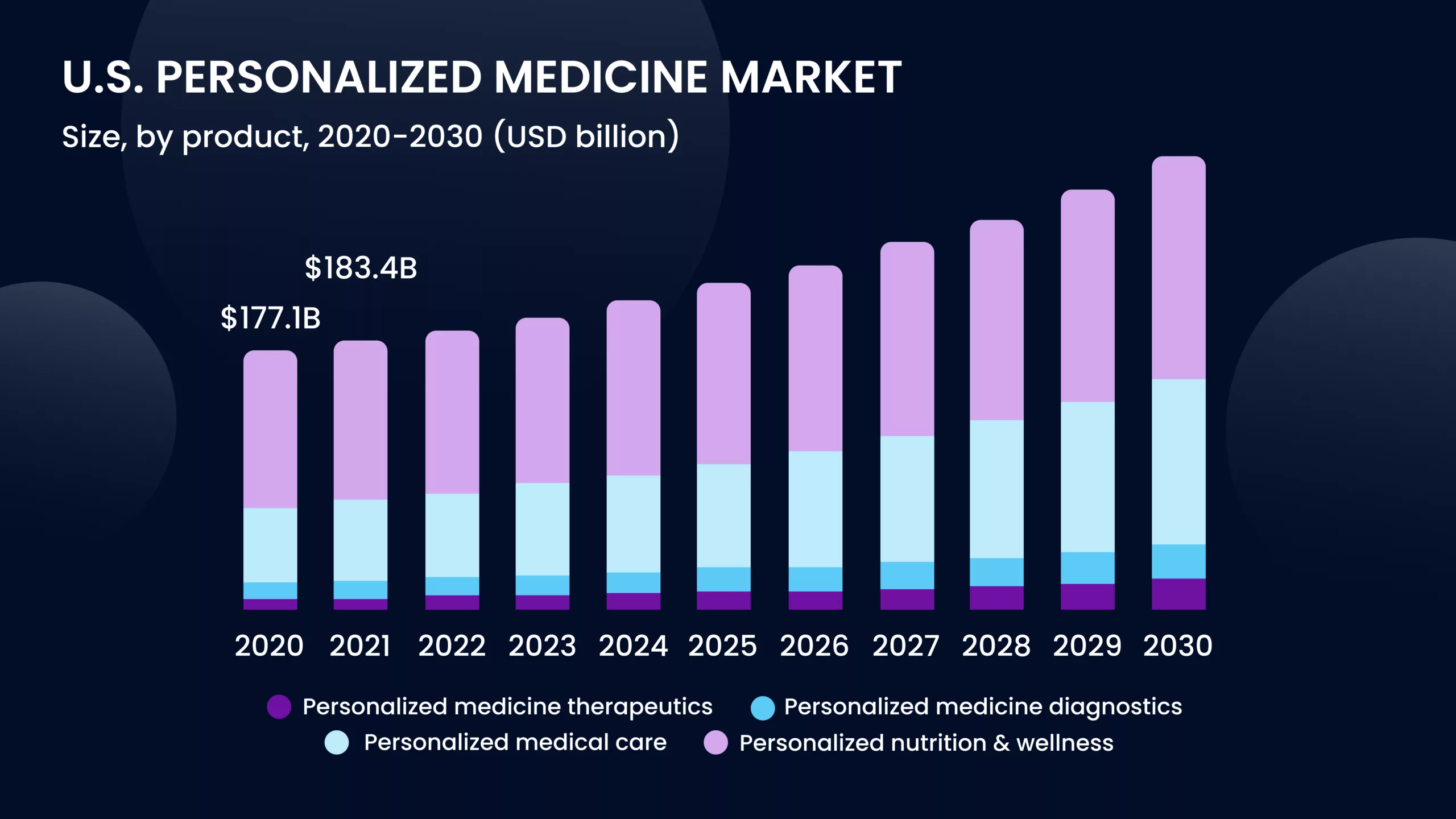
Source: Grand View Research
The field of personalized medicine aims to tailor treatments and preventive strategies based on an individual’s unique genetic makeup. Software developers are creating innovative tools for analyzing vast amounts of genetic data and translating it into actionable insights. Here’s a glimpse into the role of software developers in personalized medicine:
- Genomic data analysis tools. Developers build software that can analyze an individual’s DNA sequence to identify potential genetic variants linked to specific diseases.
- Predictive modeling. These models can predict an individual’s risk for developing certain diseases based on their genetic data and other health factors.
- Treatment optimization tools. Software can help identify targeted therapies or medications that are most likely to be effective for a patient’s specific genetic profile.
The global market for personalized medicine is expected to reach a staggering $1.5 trillion by 2026. Software developers play a critical role in driving this revolution by creating the tools and infrastructure needed to analyze genetic data and translate it into actionable insights for improved patient care.
Job titles to look for in careers sections
Healthcare app developer. Mobility is highly demanded by physicians and healthcare providers. Along with workstations and computers on wheels, doctors need smaller tools that they can always have with them. For this reason, the creation of mobile apps for Android and iOS is at the peak of its popularity which results in a growing number of vacancies on the market of healthcare software development.
Clinical systems analyst. Work directly in clinics and manage computer systems in medical institutions to provide their flawless operation.
Research scientist. Before the analysis of data and developing healthcare software thorough research should be conducted. This step should not be underestimated. To work as a research scientist, the applicant has to understand the business goals of the new product and be aware of the medical institutions’ needs. For managing healthcare data, the researcher should have a broad healthcare vocabulary and be aware of the healthcare integration standards.
Medical software engineer. There are several levels of software as a medical device. If you’re about to work on applications that don’t have a direct influence on patients with acute conditions, being a good coder is enough to get into the sphere. However, if you’re about to become a medical software engineer who creates invasive devices that can directly affect the life of a patient, understanding the medical device security standards would be your huge advantage.
Healthcare information technician. An average hospital in the US uses approximately 100 specialty information systems that result in the storage of various types of data in unstructured form. Modern information systems lack healthcare interoperability and require specialists who can unify electronic health records systems and create a kind of management of patient records app.
Healthcare application and portal developer. Web applications and portals are as important for the healthcare industry as the other technologies. Assist physicians to accumulate health records and improve the doctor-patient connection with the help of medical portals.
How much does tech talent in the healthcare industry make?
According to Indeed, Glassdoor, Payscale, and Bureau of Labor Statistics, these are the fees tech talent can expect to earn in the USA:
- Healthcare app developer: $85,000 – $120,000
- Medical software engineer: $90,000 – $130,000
- Healthcare application and portal developer: $80,000 – $115,000
- Clinical systems analyst: $75,000 – $110,000
- Research scientist: $80,000 – $140,000
- Cybersecurity engineer (Healthcare): $95,000 – $140,000
- Healthcare Information Technician: $50,000 – $75,000
***
If you’re a business owner looking for tech specialists for your MedTech or digital healthcare project, don’t be shocked! Salaries of tech talent in the US are among the highest in the world. You can easily cut your direct labor costs by up to 60% if you choose to hire developers in other regions of the world, like Eastern Europe. MWDN does exactly that – finds you unique specialists according to your budget.
Content
- 1 How can software developers invest in healthcare digital evolution?
- 2 Top 13 opportunities for software developers in MedTech and digital healthcare
- 2.1 1. EHR development and integration
- 2.2 2. Telehealth and remote patient monitoring systems
- 2.3 3. Medical imaging and diagnostics software
- 2.4 4. Wearable technology and fitness trackers
- 2.5 5. Healthcare data analytics and machine learning
- 2.6 6. Cybersecurity for medical devices and healthcare IT
- 2.7 7. Medical device software development
- 2.8 8. Hospital management and administration systems
- 2.9 9. AI in healthcare applications
- 2.10 10. Mental health and wellness applications
- 2.11 11. Interoperability and data exchange solutions
- 2.12 12. Clinical decision support systems (CDSS)
- 2.13 13. Personalized medicine and genomics software
- 3 Job titles to look for in careers sections
- 4 How much does tech talent in the healthcare industry make?



